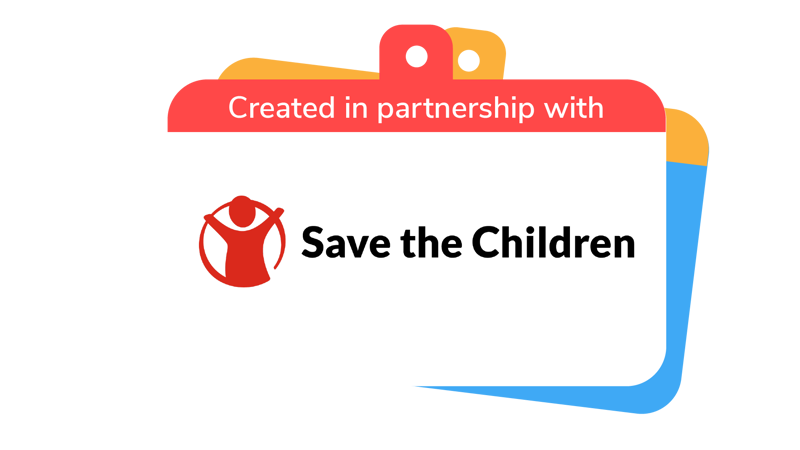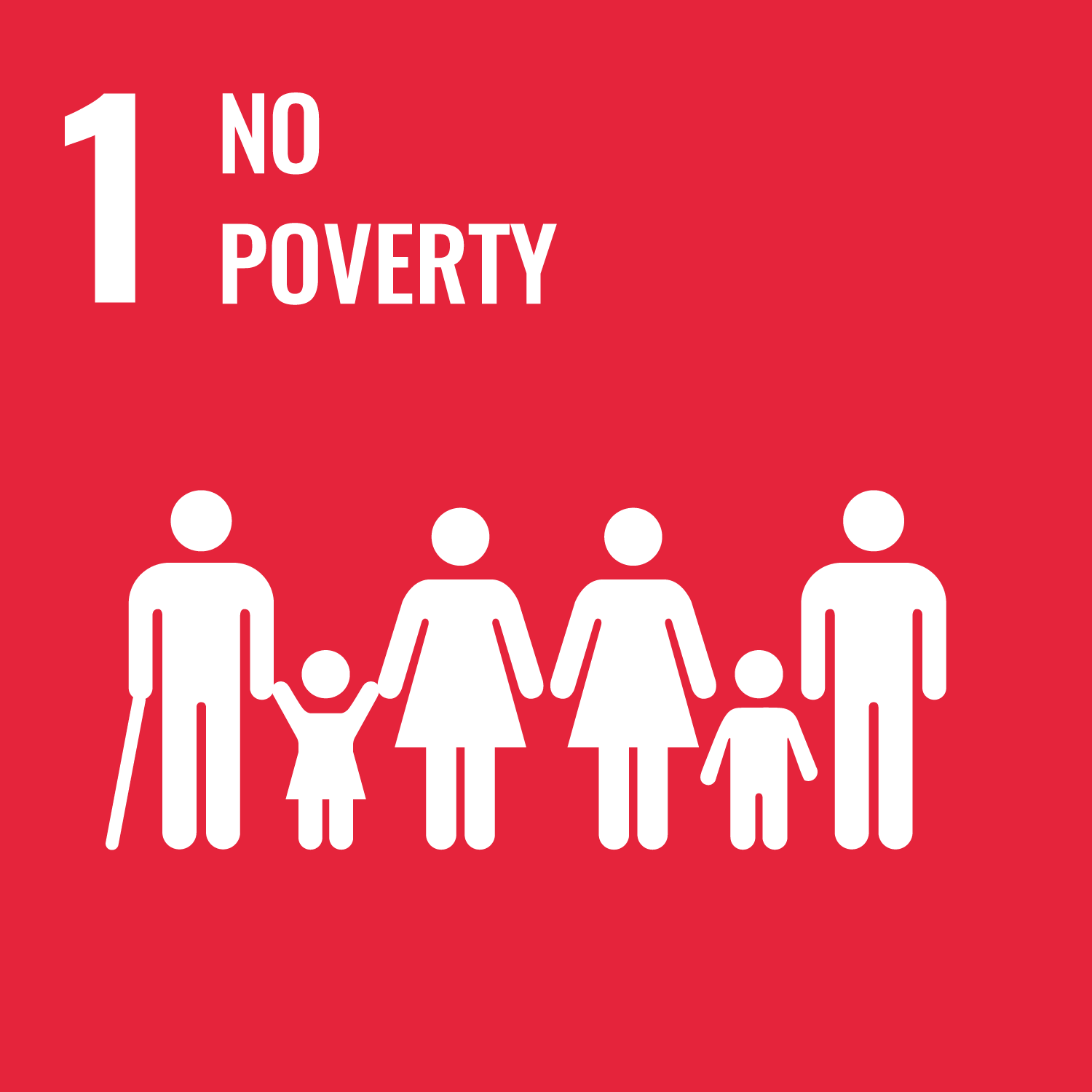
Share a shelter activity at an event
You’ll need
- Pens or pencils
- A4 paper
- Tarpaulins
- Cardboard
- String
Before you begin
- Get all the information about events happening in your District or County, for example, camps. Chat to the organisers to find a chance for your group to run a shelter building activity to reach people about refugees and displaced children.
- Remind yourself about Strongest shelter challenge. If it’s been a long time since you did it as a group, you may want to give it another go before you get stuck into this activity.
Plan the details
- Everyone should think about the activities they did to learn more about refugees and displaced children.
If people don’t remember Strongest shelter challenge, remind them about what they did or give it a quick go.
- The person leading the activity should explain that sharing these activities is a great way to tell other people about the need the group’s identified. They should explain the details of the opportunity they have: when it is, how many people will be there, how long their slot is, and how old their audience will be.
Tell people everything you know – what kind of space will they have? How can they transport equipment there?
- Everyone should split into small groups.
- Each group should think of one of two sentences to introduce the activity and encourage people to get involved. Their sentences should explain the activity and what people will learn from it.
- Everyone should come back together and decide how they’ll describe the activity. They could combine ideas from more than one group. Someone should write the final decision down.
- Everyone should get back into their teams and think about how they’ll run the activity. Will they make full-sized shelters or smaller, table top ones? Will they introduce the activity and then let people get stuck in, or will they demonstrate how to make a shelter first?
Think about how much time you’ll have – don’t forget to include time to explain about refugees and displaced children, and clear up ready for the next group to start.
- Everyone should come back together and decide how they’ll run the activity. They could combine ideas from more than one group. Someone should write the final decision down.
- Each group should think about what they’ll need to take to make the activity work. How will they get it to the event?
Think about what you’ll do if something breaks. How many people will be taking part at once?
- Everyone should come back together and decide what they’ll need to take. They could combine ideas from more than one group. Someone should write the final decision down.
- Each group should think about how they’ll judge the shelters. They could shake them, climb inside, or even pour water on them. Will they run a league table throughout the day, or will they keep the scores secret until the end?
Think about how it’ll affect the materials – if you’re going to pour water over the shelters, you may need new equipment for each group. Check out Camping standards for ideas about making camping competitive.
- Everyone should come back together and decide how they’ll judge the shelters. They could combine ideas from more than one group. Someone should write the final decision down.
- Each group should think about how they’ll share a message about refugees and displaced children. How will they make sure people understand the meaning behind the activity? They could find some stories to tell.
Think about questions you may get asked. Can you prepare to answer difficult questions?
- Everyone should come back together and decide how they’ll share the message. They could combine ideas from more than one group. Someone should write the final decision down.
- Each group should think about how they could take part in the event’s closing ceremony. Could they announce the scores and remind people that while they’ve been having fun building shelters, displaced children live in camps around the world without knowing whether they’ll be able to go home?
Don’t forget to include how people can take action and make a difference. Awareness is important, but people need to know what they can do to help too.
- Everyone should come back together and decide how they’ll take part in the event’s closing ceremony. They could combine ideas from more than one group. Someone should write the final decision down.
- Everyone should look at their finished plan. Is there anything else they need to add? Do they want to give people different roles or responsibilities, or will everyone help with everything?
Run the activity
- Everyone should arrive in time to set up their activity.
- Everyone should go through their plan to make sure they remember how they’ll run the activity and spread the message.
- Everyone should get stuck into teaching other people about refugees and displaced children.
- Once the event’s finished, everyone should get together and think about how it went.
Don’t forget to congratulate everyone for all of their successes.

This activity helps contribute towards some of the UN's Sustainable Development Goals. Find out more about the SDGs, and how Scouts across the world are getting involved.




Reflection
This activity needed people to problem-solve. Did they face any challenges when they were planning? What about on the day? Sometimes people’s plans don’t cover a possible outcome and sometimes people face unexpected obstacles, even if they have the best plans. How did people respond to challenges? Did they learn anything useful about solving problems? People could think about it’s important to take a deep breath and think on your feet to find a plan B.
This activity was also about working together to share a message. Was everyone’s involvement the same, or did different people do different things? Can anyone remember an example of someone else playing their part and making a big difference? Was this activity a good way to share the message about refugees or displaced children? Would people do anything differently if they gave it another go?
Safety
All activities must be safely managed. You must complete a thorough risk assessment and take appropriate steps to reduce risk. Use the safety checklist to help you plan and risk assess your activity. Always get approval for the activity, and have suitable supervision and an InTouch process.
- Outdoor activities
You must have permission to use the location. Always check the weather forecast, and inform parents and carers of any change in venue.
The challenge the group sets will depend on the space and time they have. They could plan how they’ll adapt the activity to make it easier or harder – could they give people extra materials or take some away? Could they add an extra requirement or unexpected obstacle?
Making smaller, table top shelters may be more accessible for people. Make sure an adult helps everyone plan an accessible activity – it’s a good chance to think about how you make your usual meetings work for everyone.
All Scout activities should be inclusive and accessible.
How could you spread the word about your success? You could put it on social media get in touch with local media, or let UKHQ know what you got up to. Make sure you have consent for any photos.
You could even share your plans so people could give it a go on a regional, national, or international scale.
Discover more at https://www.savethechildren.org.uk/
